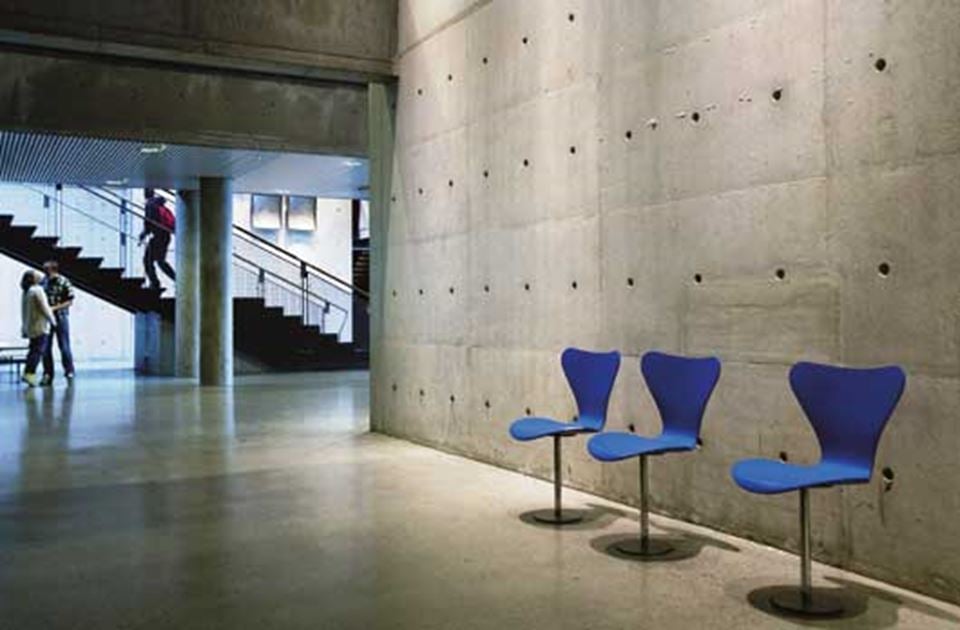The aesthetic appearance of concrete is a controversial subject among developers, architects and building contractors. What does a perfect concrete wall look like anyway? What is it that makes it attractive or ugly?
Project Manager Tone Østnor and her colleagues at SINTEF have taken some pictures and used mathematics to help them find out what an aesthetically pleasing concrete wall really looks like.
“Concrete, of course, is a popular building material that creates a distinctive architectural style that many people like”, she says. “But a good impression can be spoiled if there are too many pores on what was supposed to be a smooth surface”, says Østnor.
Unpredictable material
It’s impossible to avoid pores in concrete. The material can behave unpredictably, which means that the size and number of pores can vary. So too can the perception of what is acceptable. This can be highly subjective.
The result of Østnor’s project is a new and objective system for classifying the appearance of concrete.
The tool produced, named “Betong GUI“, uses image analysis to generate an objective description of the pores and structure of the concrete. The image analysis is based on a photograph of the concrete surface taken with a reflex camera. The number and size of the pores are then analysed – resulting in a classification based on objective criteria.
Beta version ready
Combining the classification system with images of concrete surfaces makes it easier for the architect, developer and building contractor to agree on how a finished surface should appear before work is started. It’s then also easier to avoid arguments afterwards.
A beta version is currently available from SINTEF.

